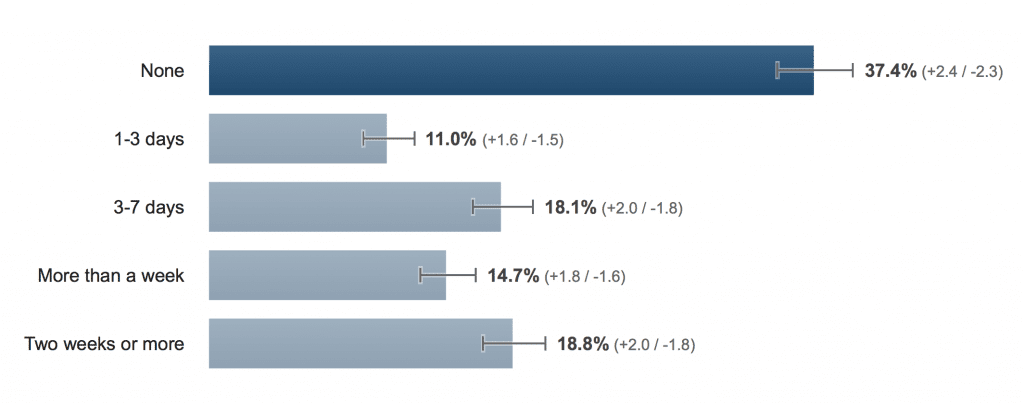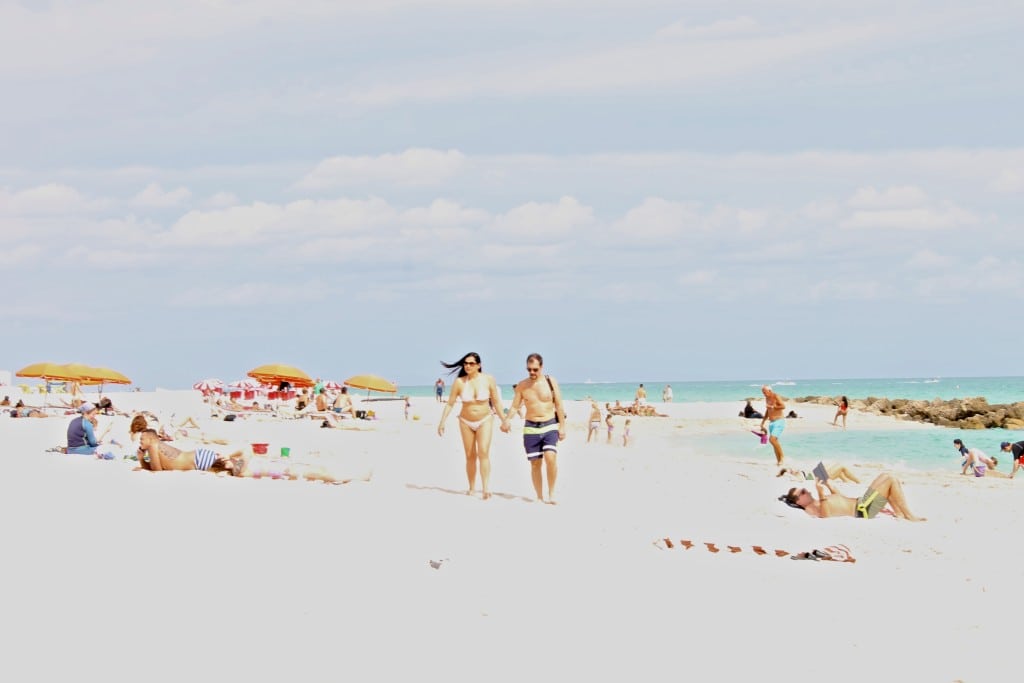Skift Take
U.S. workers are starved for decent time off. Is there a way to combine American productivity with European vacation skills? We sure hope so.
Another summer in the United States, another summer where half the country only dreamed of a real vacation.
As in summers past, a vast swath of Americans did not take time off to hit the beach, take a road trip, visit a national park, or explore countries beyond their borders.
The lack of vacation time taken by U.S. workers is an understood challenge both to the mental health of workers and the financial health of the country. Unlike every other industrial nation other than China, the U.S. has no legally mandated minimums for time off for workers. According to Project Time Off, an advocacy group backed by the U.S. travel and tourism industry, “If American workers used all of their available time off, the U.S. economy could reap an additional $160 billion in total business sales each year, supporting 1.2 million new American jobs. Furthermore, this additional economic activity would generate more than $21 billion in taxes.” While those numbers are no doubt higher than they would be if an anti-tourism group was gathering statistics, they tell a story of missed opportunities and misdirected priorities in the workplace.
To better understand what the average American worker was thinking this year, We asked a pool of over 2,000 people: “Now that summer is almost over, how many days of vacation did you take this summer?” While 33.5% of respondents said that they took either one or two weeks vacation, 48.4% said that they had taken either no vacation (37.4%) or 1-3 days (11%).
This isn’t a new trend.
We asked a similar question in 2014, and 52.9% of respondents said that they had either taken no vacation (42.8%) or 1-3 days (10.1%). Only 26.5% took more than a week.
Then in 2015, we asked over 2,000 people what they planned to do over the summer. Over 60% said that they had no plans because they couldn’t afford a vacation (31.3%) or they were too busy (30.2%).
Important: This survey — not served to Skift users — was administered to members of the adult internet population in the United States in September 2016 through Google Consumer Surveys. The methodology is explained here.

Key Takeaways
- Over a third of respondents took no vacation (37.4%), the largest percentage of any answer.
- Other than “None,” none of the five answers scored above a percentage in the teens.
- When combined, Americans who took either “More than a week” or “Two weeks or more” was still less (36.9%) than the number of Americans who took no time off.
- Bucking demographic expectations, the 65+ community answered the poll in extremes: 47.4% said they took no vacation, while 23.2% said more than two weeks.
- The 18-24 demographic had the highest percentage for “Two weeks or more” at 23.5%.
- The 45-54 demo had the highest combined number for “More than one week” and “Two weeks or more” at 36.4%.
- Millennials had the lowest percentage of “None” of any age demo at 31.1%. This runs counter to other published reports about their unwillingness to take time off.
The Daily Newsletter
Our daily coverage of the global travel industry. Written by editors and analysts from across Skift’s brands.
Have a confidential tip for Skift? Get in touch
Photo credit: Tourists enjoy a sunny day in Miami Beach, Florida. Data shows that many Americans struggle to take a summer vacation. Dan Peltier / Skift
